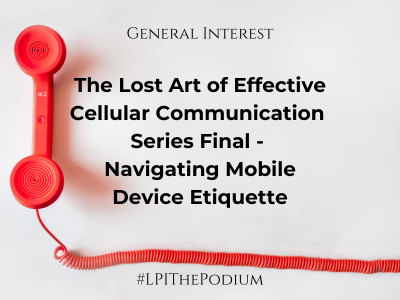
In the age of smartphones and instant messaging, the art of effective communication has undergone a significant transformation. With the constant influx of messages, it’s crucial to understand when to text, make a phone call, or even leave a voicemail message. In this article, we’ll explore the nuances of mobile device communication etiquette and delve into the lost art of conveying messages effectively.
The Power of Texting:
Texting has become the go-to mode of communication for many, offering a quick and convenient way to exchange information. However, it’s essential to recognize when texting is appropriate. Use texting for:
- Quick updates: Texts are perfect for sharing brief information, such as meeting times, addresses, or other concise details.
- Non-urgent matters: If the conversation doesn’t require an immediate response, texting allows the recipient to reply at their convenience.
- Informal communication: Texting is ideal for casual conversations, making plans, or sending friendly messages.
When to Make a Phone Call:
While texting is efficient, some situations demand the personal touch of a phone call. Consider making a phone call when:
- Complex discussions: Phone calls provide a platform for nuanced conversations that may be challenging to convey through text.
- Emotional matters: When dealing with sensitive or emotional topics, a phone call allows for a more empathetic and genuine connection.
- Urgent matters: If the information is time-sensitive and requires immediate attention, a phone call ensures a quicker response.
Voicemail Etiquette:
In the era of text messages and instant communication, voicemails seem like a relic of the past. However, leaving a voicemail can still be appropriate in certain situations:
- Formal communication: When leaving a professional message or updating colleagues or clients, a voicemail can convey a sense of formality.
- Important information: If the message is critical and requires careful listening, leaving a voicemail ensures that the recipient has all the details.
- Courtesy calls: If a phone call goes unanswered, leaving a brief and polite voicemail lets the recipient know you called and provides context for your message.
Effective communication through mobile devices requires a nuanced understanding of when to text, make a phone call, or leave a voicemail. By recognizing the appropriate contexts for each mode of communication, individuals can navigate the evolving landscape of mobile device etiquette and ensure their messages are conveyed with clarity and consideration. As we adapt to new technologies, let’s not forget the art of effective communication that lies at the heart of meaningful connections.
Categorized in: General
| << previous | next >> |








